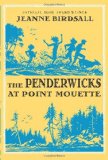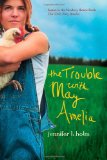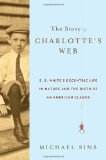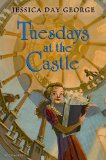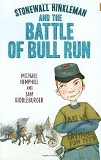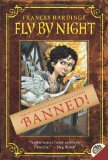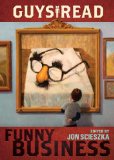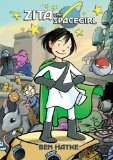Review of Clementine and the Family Meeting, by Sara Pennypacker
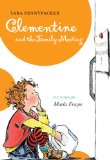 Clementine and the Family Meeting
Clementine and the Family Meeting
by Sara Pennypacker
pictures by Marla Frazee
Disney Hyperion Books, New York, 2011. 162 pages.
Starred Review
2011 Sonderbooks Stand-out: Children’s Fiction #7
Hooray! Another book about Clementine! This is now the fifth book about the irrepressible third grader, her family and her friends and the concerns of her life. Clementine’s life is not boring for a second, but all the events seem completely true to a third-grader’s perspective.
The book begins, as the others, with Marla Frazee’s wonderful pictures. We see Clementine, bundled up on the bus, looking droopy and worried. Here’s how the book begins:
“The very first thing Margaret said when she sat down next to me on the bus Monday morning was that I looked terrible. ‘You have droopy eyebags and a pasty complexion. Absolutely no glow. What’s the matter?’
“‘I’m having a nervous breakdown,’ I told her. ‘Our FAMILY MEETING! sign is up, and I have to wait until tonight to find out if I’m in trouble.’
“‘Of course you’re in trouble,’ Margaret said. ‘Probably something really big. Bright pink blush and a sparkly eye shadow is what I recommend.'”
Meanwhile, Clementine has to get through the day. Here’s a part I liked very much:
“I opened my backpack and pulled out my IMPORTANT PAPERS folder and found a good surprise: the science fair project report Waylon and I had written was still in there! I’m supposed to keep it until the end of the project, and every day that it’s still in my backpack feels like a miracle.
“As I started reading over the report, I calmed down. This is because lately I really like science class.
“I didn’t always. In the beginning, science class was a big disappointment, let me tell you.
“On the first day of third grade, Mrs. Resnick, the science teacher, had started talking about what a great year it was going to be.
“I looked around the science room.
“No monkeys with funnel hats and electrodes. No alien pods leaking green slime. No human heads sitting on platters under glass jars talking to each other, like I’d seen in a movie once, and don’t bother telling my parents about it because I was grounded for a week already and so was Uncle Frank, who brought me to the movie.
“No smoking test tubes, no sizzling magnetic rays, no rocket launch controls. Just some posters on the walls and a bunch of tall tables with sinks, as if all you would do in a room like this was wash your hands. Margaret had told me she liked science class, and now I knew why: Margaret says ‘Let’s go wash our hands’ the way other people say ‘Let’s go to a party and eat cake!’
“‘Does anyone have any questions?’ Mrs. Resnick had asked that first day.
“I sure did. I wanted to ask, ‘You call this a science room?’ But instead, I just said, ‘Excuse me, I think there’s been a mistake,’ in my most polite voice.
“‘A mistake?’ Mrs. Resnick asked.
“‘Right,’ I said. ‘I’m in the wrong science room.’
“‘The wrong science room?’ she repeated.
“I nodded. ‘I want the one with the invisibility chamber and mind-control buttons and mutant brains spattered on the ceiling. The one with experiments.’
“‘I want that one, too,’ Waylon said. I gave him a big smile.”
Most of the developments in this book happen because of the results of the Family Meeting, so I’ll try to refrain from repeating more good bits.
As always, reading about Clementine simply makes me smile. This week I had the pleasure of recommending the Clementine series to a third grade girl, and I hope she’s made another friend.
Find this review on Sonderbooks at: www.sonderbooks.com/Childrens_Fiction/clementine_and_the_family_meeting.html
Disclosure: I am an Amazon Affiliate, and will earn a small percentage if you order a book on Amazon after clicking through from my site.
Source: This review is based on a library book from the Fairfax County Public Library.
